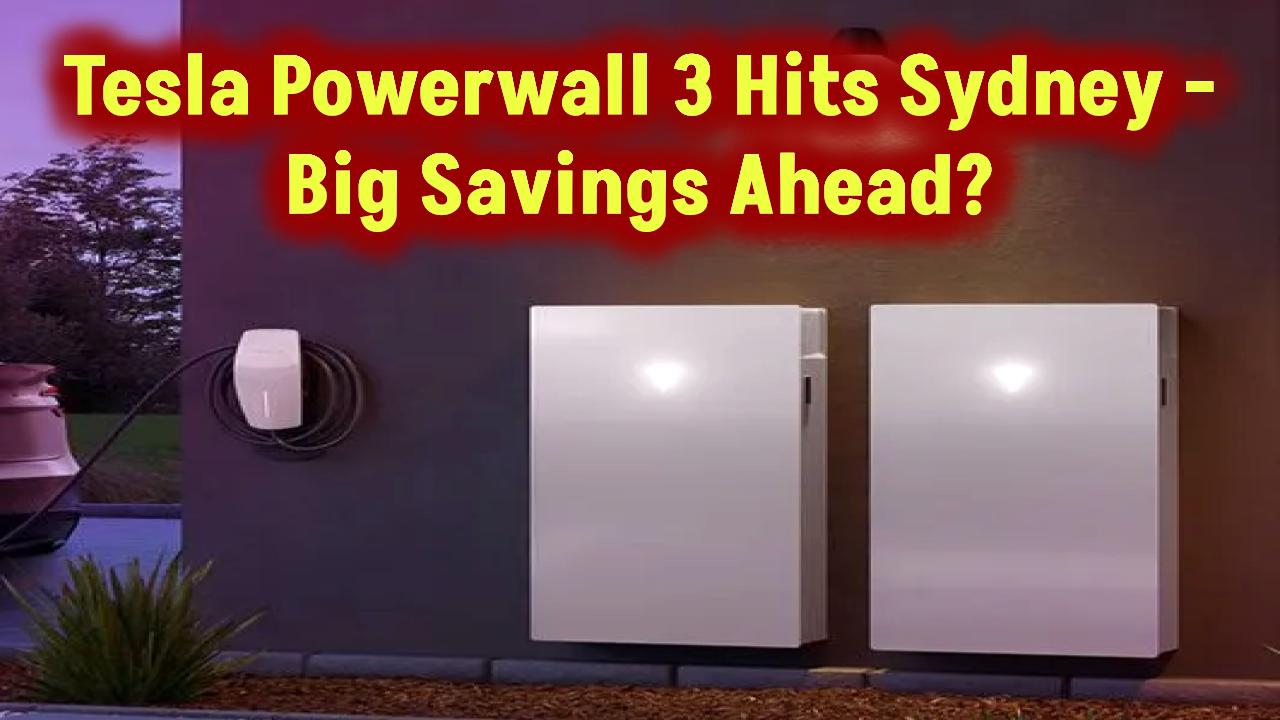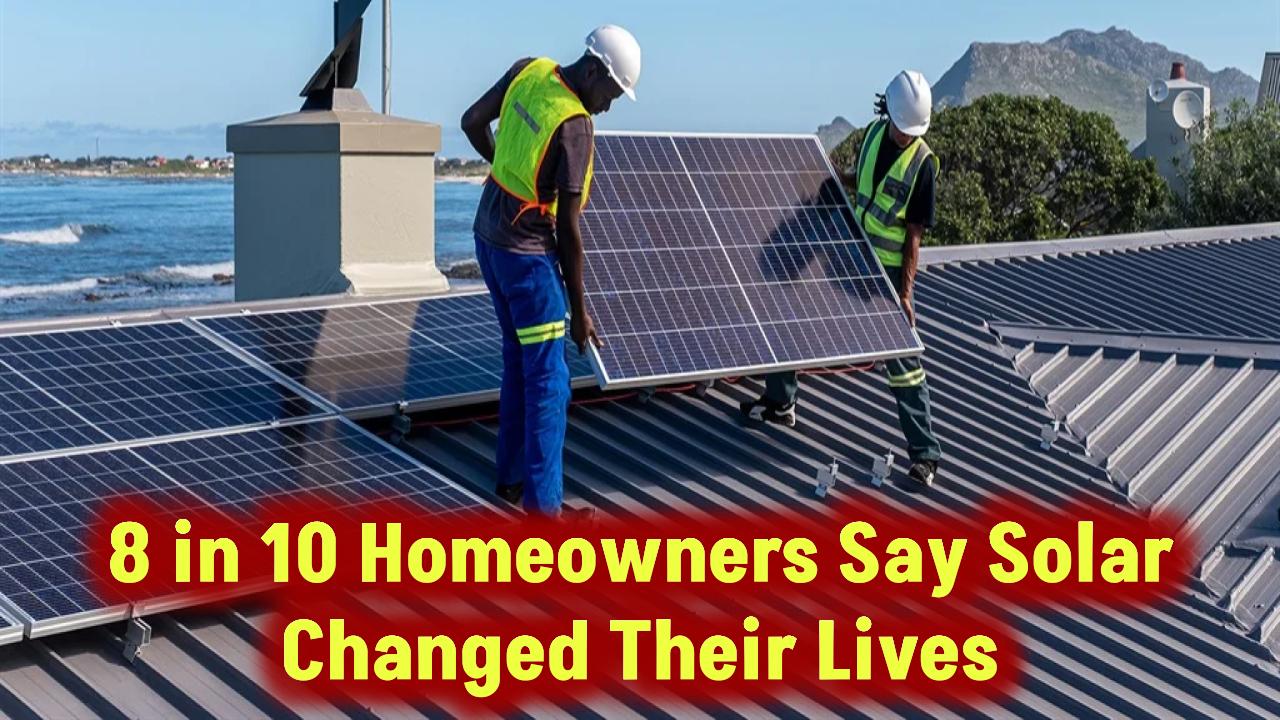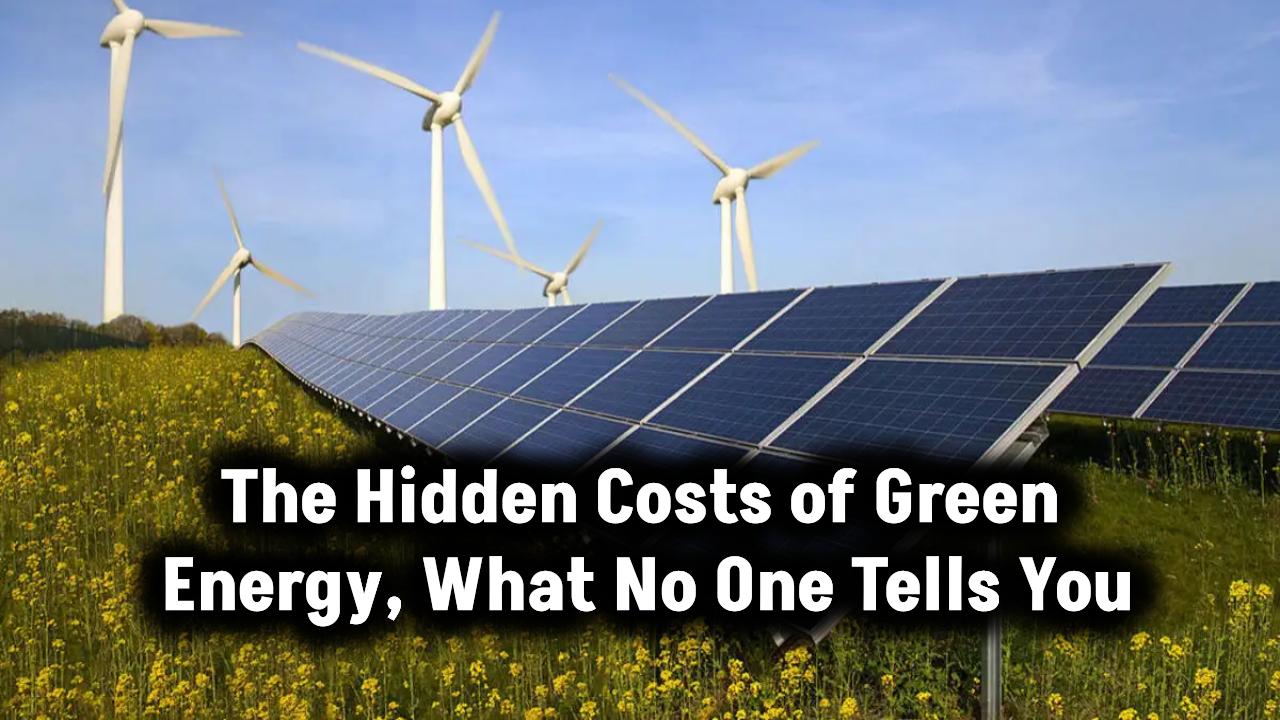
As discussions swirl around potential changes to the solar Investment Tax Credit (ITC), one question stands out in the energy sector: Can Sunrun weather the policy storm? Sunrun Inc. (NASDAQ: RUN), one of the United States’ largest residential solar providers, is directly in the crosshairs of this debate. With the ITC potentially being scaled back or phased out by the end of 2025, the future of solar financing and installation economics may undergo a seismic shift.
While Sunrun has reported positive earnings and storage expansion, analysts are concerned about the sustainability of that momentum in the face of reduced tax incentives.
Also Check: UK Business Owners: Unlock These Government Grants for Solar Panels Before They Run Out
Key Highlights
| Key Information | Details |
|---|---|
| Company | Sunrun Inc. (NASDAQ: RUN) |
| Main Concern | Possible reduction in the federal Investment Tax Credit (ITC) |
| Current ITC Rate | 30% through 2032, per Inflation Reduction Act, but risks remain under future policy |
| 2025 Q1 Revenue | $504 million (10% YoY increase) |
| Energy Storage Growth | 61% YoY increase in installed capacity |
| Analyst Downgrades | Morgan Stanley: from Overweight to Equalweight, target cut from $27 to $11 |
| Strategic Focus | Improving cash flow, expanding battery storage, boosting subscriber value |
| Official Site | sunrun.com |
What Is the Solar ITC and Why Does It Matter?
The Investment Tax Credit (ITC) is a federal policy that lets homeowners and businesses deduct a portion of solar installation costs from their taxes. Originally established in 2005 and extended several times since, the ITC has become one of the most important tools for expanding solar adoption in the U.S.
As of now, the ITC provides a 30% tax credit for residential and commercial solar systems, thanks to the Inflation Reduction Act of 2022, which extended the credit through 2032. However, with election-year politics heating up, some proposals suggest curbing clean energy subsidies as part of broader budget reform packages.
For companies like Sunrun, the ITC acts as a pricing cushion. When customers receive a 30% discount via tax credit, it becomes easier for Sunrun to close sales and reduce financing costs. Without it, the company might face slowed demand, tighter margins, and increased customer acquisition costs.
What Are Analysts Saying About Sunrun?
Morgan Stanley: A Downbeat Outlook
In April 2025, Morgan Stanley downgraded Sunrun from “Overweight” to “Equalweight,” slashing its target price from $27 to $11. The firm cited slowing customer growth and heightened policy risk around tax credits. “Sunrun’s growth trajectory depends heavily on incentives,” the firm noted, “and uncertainty around ITC renewal presents material downside risk.”
Jefferies: Conservative Price Adjustments
Jefferies analysts maintained a “Hold” rating but reduced their target price to $7, reflecting concern around consumer affordability, inflation, and the potential rollback of green energy incentives. They also cited the possible impacts of recessionary pressure on discretionary spending like solar upgrades.
Piper Sandler: Waiting for a Catalyst
Piper Sandler analysts issued a cautious note, highlighting that while Sunrun’s fundamentals remain solid, the stock lacks near-term catalysts. “Battery storage offers promise,” they wrote, “but until policy clarity emerges, it’s hard to justify a bullish case.”
Sunrun’s Recent Performance
Despite the storm clouds of policy risk, Sunrun reported solid financials for Q1 2025:
- Revenue: $504 million, a 10% year-over-year increase
- Storage Installations: Up 61% YoY
- Customer Value Growth: Projected Aggregate Subscriber Value (ASV) of $5.7B to $6.0B, reflecting a 14% increase
These figures suggest that Sunrun continues to innovate and expand even amid economic and political uncertainty.
Also Check: Thermal Energy Storage Market Analysis, Share, Trend, Industry Report Forecast till 2032
How Sunrun Is Preparing for Policy Shifts
To insulate itself from the volatility of Washington D.C., Sunrun is making strategic shifts:
1. Cash Flow Optimization

Sunrun aims to generate $350M to $600M in positive cash flow in 2025. This goal includes tightening capital expenditures, improving loan collections, and scaling operational efficiencies.
2. Expansion of Battery Storage

Battery storage not only enhances energy independence for homeowners but also provides a new profit stream. With systems like Brightbox, Sunrun can offer peak-shaving and backup power, making the solar proposition more resilient—even without the ITC.
3. Customer Retention and Value

By offering long-term leases, monitoring services, and warranties, Sunrun enhances customer stickiness. The company also focuses on improving its Net Subscriber Value (NSV) to ensure each new customer delivers solid lifetime ROI.
4. Exploring New Revenue Channels

Sunrun is also investigating virtual power plants (VPPs), grid services, and utility partnerships as ways to diversify income. With the growth of distributed energy, grid-integrated solar and storage systems can earn revenue through demand response programs.
5. Lobbying and Policy Engagement

Sunrun is an active participant in policy advocacy through trade organizations like SEIA. The company is lobbying to preserve or replace the ITC with new forms of financial support, like direct-pay options or performance-based incentives.
Broader Industry Impact of ITC Reduction
Sunrun isn’t alone in facing this uncertainty. The entire U.S. solar sector could see a drop in installations if the ITC shrinks or disappears. According to SEIA (Solar Energy Industries Association), the 30% credit is responsible for a 1,500% growth in solar deployment since 2006.
If the credit is curtailed:
- Residential costs may rise by 20–30%
- Financing costs could spike as lenders pull back
- Smaller solar installers might go out of business
State-Level Support May Not Be Enough
While some states (like California, New York, and Massachusetts) offer rebates or tax credits, these are often inconsistent and subject to budget constraints. A loss of federal support could thus lead to patchy solar growth.
International Perspective
Countries like Germany and Australia have shown that solar growth can continue without tax credits—by leveraging feed-in tariffs, competitive pricing, and grid modernization. However, the transition requires strong regulatory frameworks and public support.
Practical Advice for Homeowners
If you’re considering going solar:
- Act Before 2025 Ends: Lock in the 30% ITC now. Installation delays can push you into the next calendar year.
- Compare Providers: Look beyond price—consider warranty, battery options, and service packages.
- Ask About Financing: Many solar providers offer loans or Power Purchase Agreements (PPAs) that spread costs.
- Check State Incentives: Use tools like DSIRE to find rebates or tax credits in your state.
- Think Long-Term: Even without subsidies, solar offers utility savings and energy independence over 25+ years.
Also Check: NTPC Green Energy Shares Decline Over 1 Percent: Key Factors Behind the Drop
(FAQs)
Q1. What happens if the Solar ITC is eliminated?
A: If the ITC is reduced or phased out, the cost of solar installation could rise by 20–30%, potentially reducing adoption rates and impacting companies like Sunrun.
Q2. Is Sunrun still a good investment in 2025?
A: That depends on your risk tolerance. While the company shows strong fundamentals, analysts caution that political uncertainty could affect future earnings.
Q3. Will state incentives help if the ITC goes away?
A: They can partially offset costs, but state programs are not uniform across the country and may not fully replace the 30% federal credit.
Q4. Can I still claim the 30% ITC if I install solar in 2025?
A: Yes—provided there is no new federal legislation that shortens the timeline. As of now, the credit runs through 2032.
Q5. Is battery storage eligible for the ITC?
A: Yes. As long as the battery is charged via solar panels, it’s eligible for the 30% tax credit under the current law.









